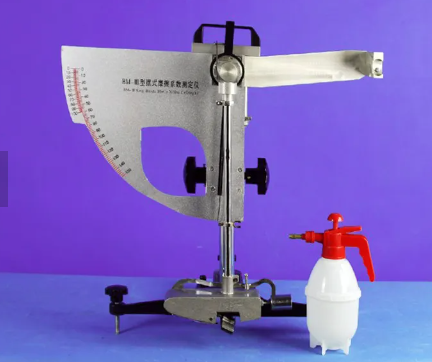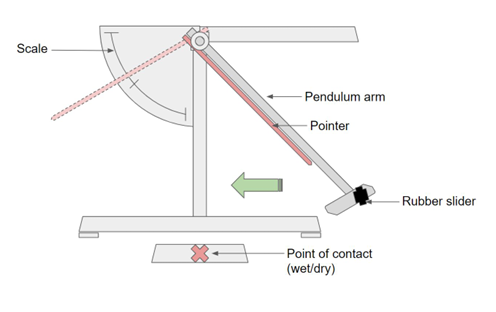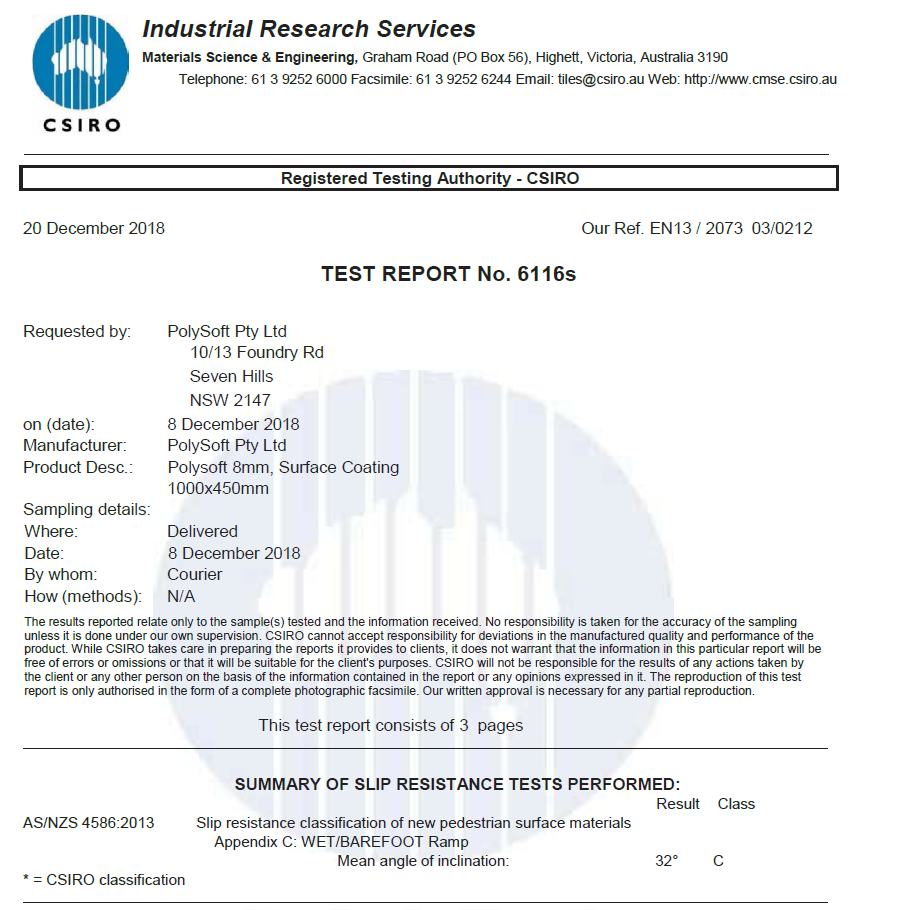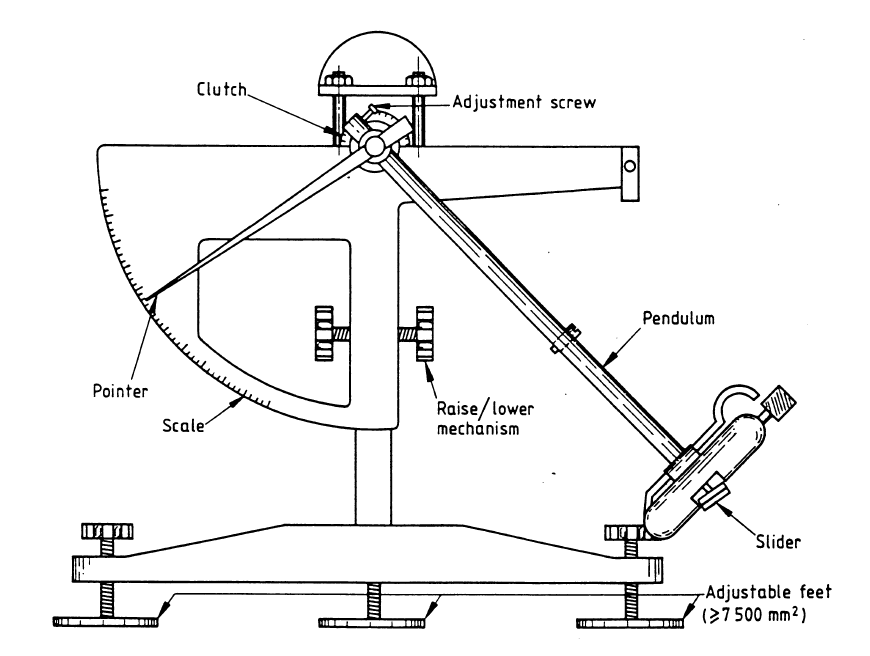Blog
Measuring slip resistance of a flooring system on dry and wet. The Polysoft choice and results

There are different standards in the world for the measurement and classification of the slip resistance of wet and dry flooring:
- DIN51130:2004-6 (Germany)
- DIN51097 (Germany)
- BS7188:1998+A2:2009 Article 5 (UK)
- EN13036-4:2011 (Europe)
- AS/NZS 4586:2013/Amdt-1 2017 (Australia / New Zealand)
- ASTM E303-22 (USA)
- ANSI (NSFI) B101.3-2012 (USA)
- JT/T763 (Japan)
The problem is that each of them define their own test method and measuring device instead of referring to a single test method. These variations in test methods, instruments used and classifications in different countries make it very difficult to evaluate products between countries and lead to confusion and misinterpretation of classifications. To further complicate it, some standards only serve to measure certain types of flooring products, or only in dry conditions, or there are even additional industry standards for different specific applications such as swimming pools, sports fields, pedestrian tiles, etc., and not all of them are referring to a common test procedure, device or classification method.
Basically, two types of instruments are used in these standards:
- Friction pendulum (also known as British pendulum)
- Ramp and tribometric measuring instruments
- Mixed procedures (comparing results to reference calibration surfaces).
So, for each of these standards, various variants of the devices, test procedures, number of samples, kind of values obtained and classifications between the different standards are given.
The pendulum DCOF tester is now a national standard for measuring pedestrian floor slip resistance in at least 50 nations on five continents. It helps architects and designers see how slip resistance will be affected on a particular flooring and to avoid installing one that will become a problem after some heavy use or improper cleaning methods.
In Europe the most common standard for flooring slip resistance was for years the German DIN 51130:2004-6, but more recently the harmonized European standard EN13036-4:2011 has been applied to unify the tests between the different countries of Europe. This is easier for users and the results are better understood than other standards. It is defined by the test method using a friction pendulum that evaluates the properties of a surface in dry and wet conditions, determining its level of slipperiness. The pendulum test method is very reliable. It is measured by a sliding shoe mounted on one end of a pendulum arm that mimics the action of slipping and determines the dynamic friction of the surface. The results are measured with a scale based on a "Pendulum Test Value" PTV - (Pendulum Test Values) or BPN - (British Pendulum Number).
The Australian recommendations, published in 1999 and expanded in 2014, are the world’s most detailed and sophisticated safety criteria for pedestrian wet slip resistance. They have now been used by cruise ship companies, major worldwide corporations, and endless other companies around the world. This Standard provides means of classifying pedestrian surface materials according to their frictional characteristics when determined in accordance with the different test methods set out in Appendices A, B, C, D and E. The test methods enable characteristics of surface materials to be determined in either wet or dry conditions. They use a mix of pendulum and ramp systems as the best fit for each kind of surfacing.
Polysoft has tested their systems with different standards and methods from ramp test and digital tribometers to near all different procedures of Australian Standard including wet pendulum( Appendix A) and oil wet ramp (Appendix D), but the most interesting one for the way users walk on water sites is the Wet barefoot ramp (Appendix C) and this is the one that Polysoft has been lately using the most for testing their flooring systems.
The wet barefoot ramp test is technically equivalent to DIN 51097. The actual classification is dependent on the angles attained on the calibration boards, which has nominal angles of 12, 18 and 24 degrees. If the walkers obtain an angle of 26 degrees for the C board, the walkers must obtain an equal or better result in order for a product to receive a C classification.
PolySoft’s achieved result was 32o and classified as “C”, the best performance for this barefoot slip property.
View More Blog
-
What Are The Top 7 Benefits Of Using Soft-Fall Playground Flooring
-
Top 5 Types Of Slip-Resistant Flooring That You Need Today
-
Why Is Uv-Resistant Soft Flooring A Must-Have For The Outdoors
-
How To Cool Urban Heat Islands: Surface Choices Make A Difference
-
Global warming and the safety surfacing of Outdoor Playground, Fitness areas and Waterparks
-
The flooring of a Savannah Splash Zoo
-
Accessibility of Polysoft absorbent flooring in playgrounds, water parks, exercise areas and leisure spaces
-
The lifespan of safety flooring systems and how Polysoft test it
-
The colours on the flooring and fashion.




